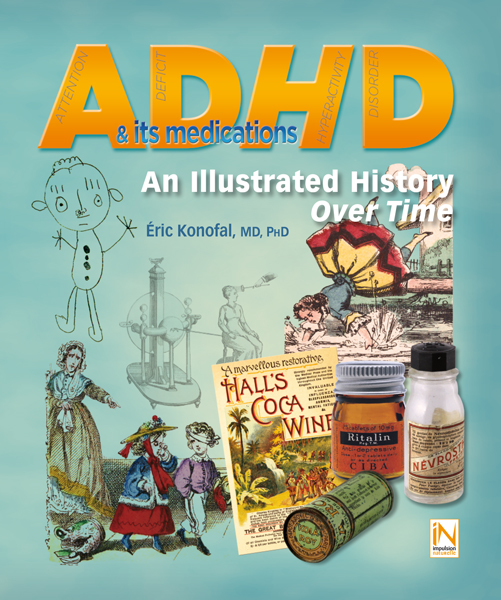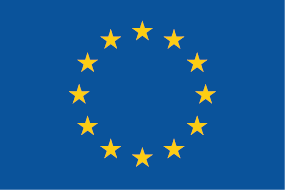ADHD & its Medications
ADHD & its Medications – An Illustrated History Over Time by Eric Konofal (MD, PhD)

Through the history of hyperactivity, now known as Attention Deficit Hyperactivity Disorder, the history of medical science itself was being analyzed. This beautifully illustrated book written by Dr. Éric Konofal shows us how, step by step, the numerous intellectual trials and errors made it possible to understand attention and its disorder which can affect up to 5% of the population.
Only by the late 19th century has psychology been separated from philosophy, pediatrics become a science in and of itself and has child education reached the most important points of society.
Then, after a whole 20th century which was dedicated to the belief of the effects of external influences, whether social or psychological, the innate attention disorders were fully accepted in the English-speaking countries as well as somewhat in France. Yet, in all periods, absentminded, “degenerated”, “unstable”, “hyperactive”, “nervous” children and "touche-à-tout"
(touching everything) could be seen during observations, clinical cases or Epinal prints. All
means have been attempted to “calm them down”, iron, cola, etc. not to mention coca wine; the
molecules currently used with high success rates are among the oldest ones in the pharmacopeia.
Now that everyone is required to have a chance to have a brilliant formation and a flawless
career, there is no doubt that after having 7.000 years of trial and error the demand for a
treatment that could improve someone’s attention has only begun...
It is the first book totally devoted to the history of ADHD, encompassing the literary, philosophical, medical, neuropsychological and therapeutical aspects of attention, hyperactivity and ADHD, with more than 400 illustrations and 500 bibliographic references.
The four domains analyzed in the book are:
Philosophy and theoretical psychology
From the first definitions of attention from philosophers to the modern concept of ADHD centered on attention deficit.
Physiology of the Attention
That was a main domain of the experimental psychology at its beginning.
The Clinic
An extensive children's literature describe mischievious, fidgetty, absent-minded, agitated children from the beginning of 19th century. Later, with generalization of school, pediatrician, psychiatrists, and educators try to find the causes of education failure: They recognize the crucial role of attention in education and define better educational methods and conditions to improve it. They identify children with cognitive impairment separately from those who show “unstable” behavior. Attention deficit was finally recognized as the central problem of “agitated children”, leading only a few decades ago to the concept of ADHD. However description of typical ADHD cases can be found in the medical literature from the beginning of 19th.
Treatments
From very long time, some medicines have been prescribed for their “stimulant” effect. The principe of activating the body or the mental strength as whole can be found in every pharmacopoeia in the history. Nowadays, methylphenidate, the most popular treatment against attention deficit, has over 70 years of use. Future treatments will probably be found in relation with sleep disorders.





